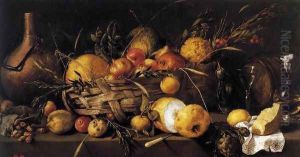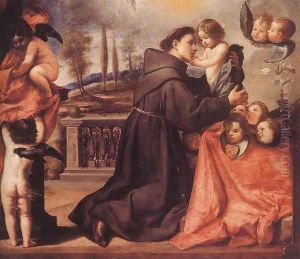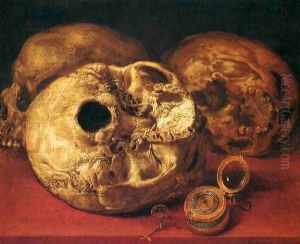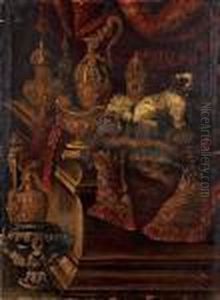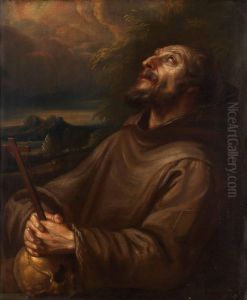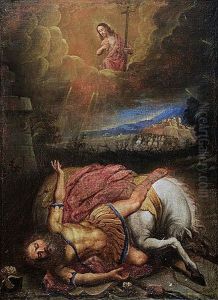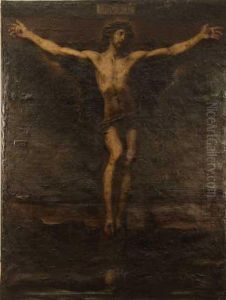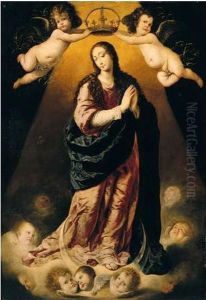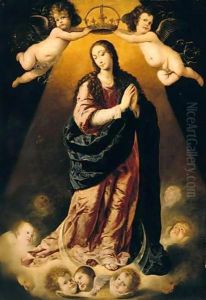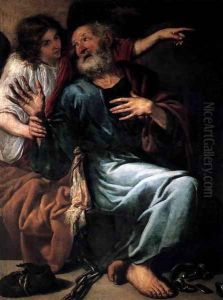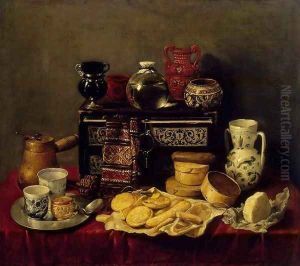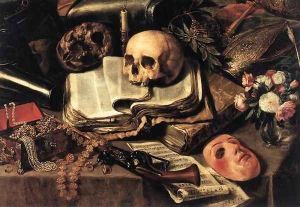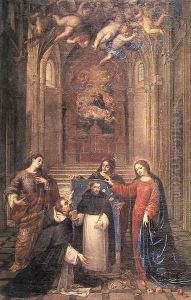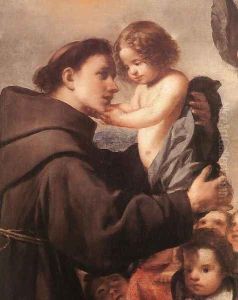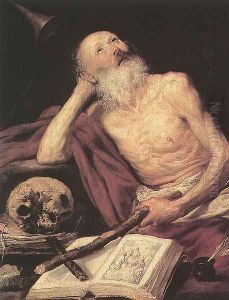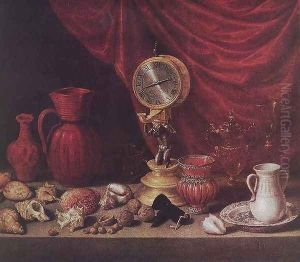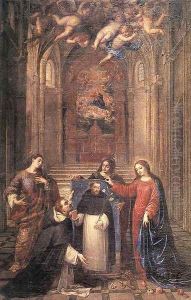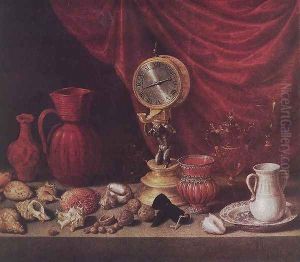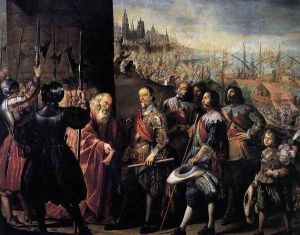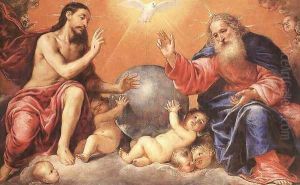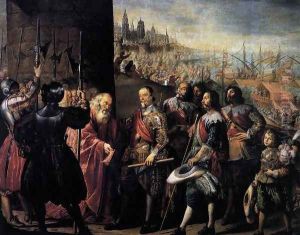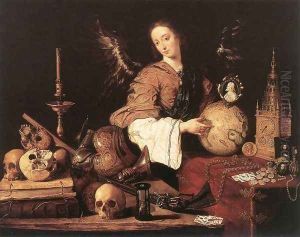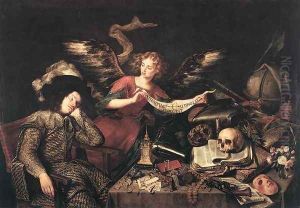Antonio de Pereda Paintings
Antonio de Pereda was a Spanish Baroque-era painter, born in Valladolid, Spain, in 1611. He was one of the most notable figures of the Madrid school during that period. Pereda received his artistic training in Madrid, where he came under the influence of the Flemish painter Pedro de las Cuevas and the Madrid-based artist Juan Bautista Maino, who had himself been influenced by the great Italian masters.
Pereda's work typically featured religious and historical themes, reflecting the Counter-Reformation context in which he worked. He is especially known for his still lifes, which often incorporated symbolic and allegorical elements, and his 'vanitas' paintings, which are meditations on the transient nature of worldly pleasures and the inevitability of death. Among his most famous works is 'The Knight's Dream,' which depicts a sleeping knight with a table of symbolic objects representing the vanity of earthly life.
Throughout his career, Pereda received numerous commissions from religious institutions, as well as from the Spanish court. He painted altarpieces, religious narratives, and portraits with a refined and meticulous technique, characterized by a keen attention to detail and a masterful handling of light and shadow. His work also shows an interest in naturalism, a characteristic of Baroque art, aiming to represent subjects with a sense of reality and emotional depth.
Despite the high esteem in which he was held during his lifetime, Antonio de Pereda's fame waned after his death in 1678. It was not until the 19th and 20th centuries that his work was rediscovered, and he was reinstated as an important figure in Spanish Baroque painting. Today, Pereda's paintings can be found in major museums across the world, including the Prado Museum in Madrid, which houses a significant collection of his works.
